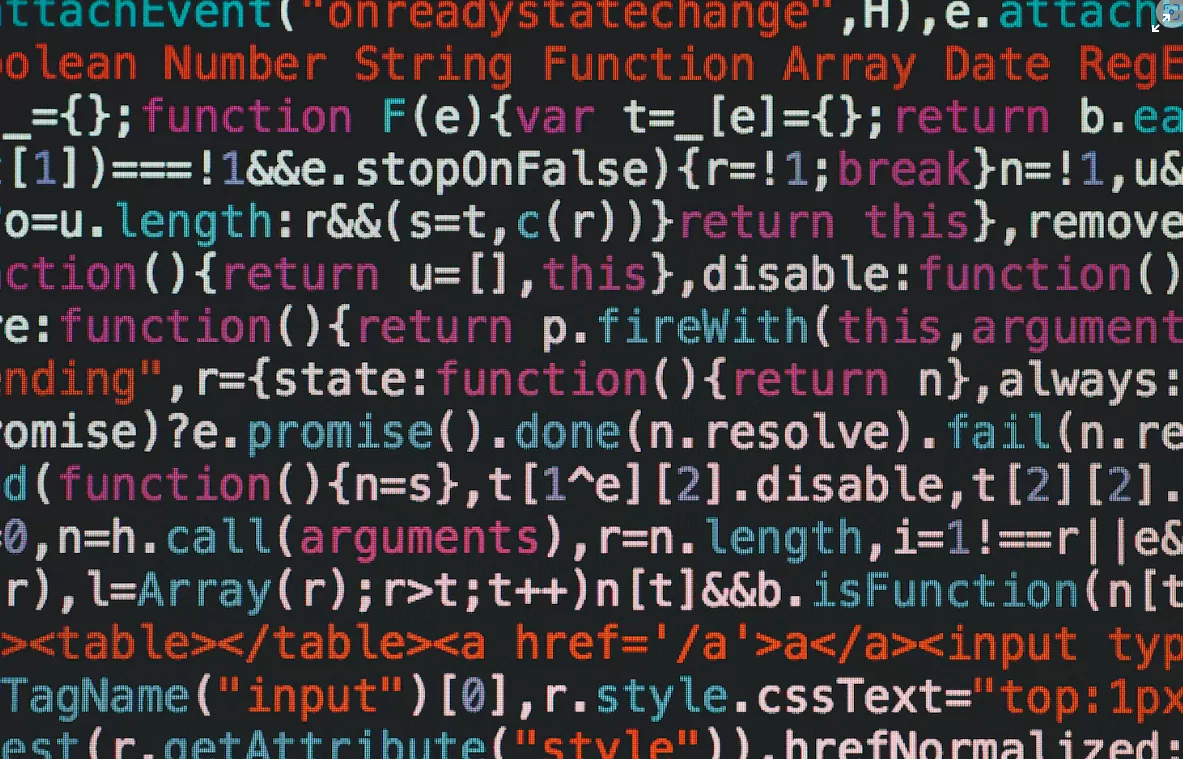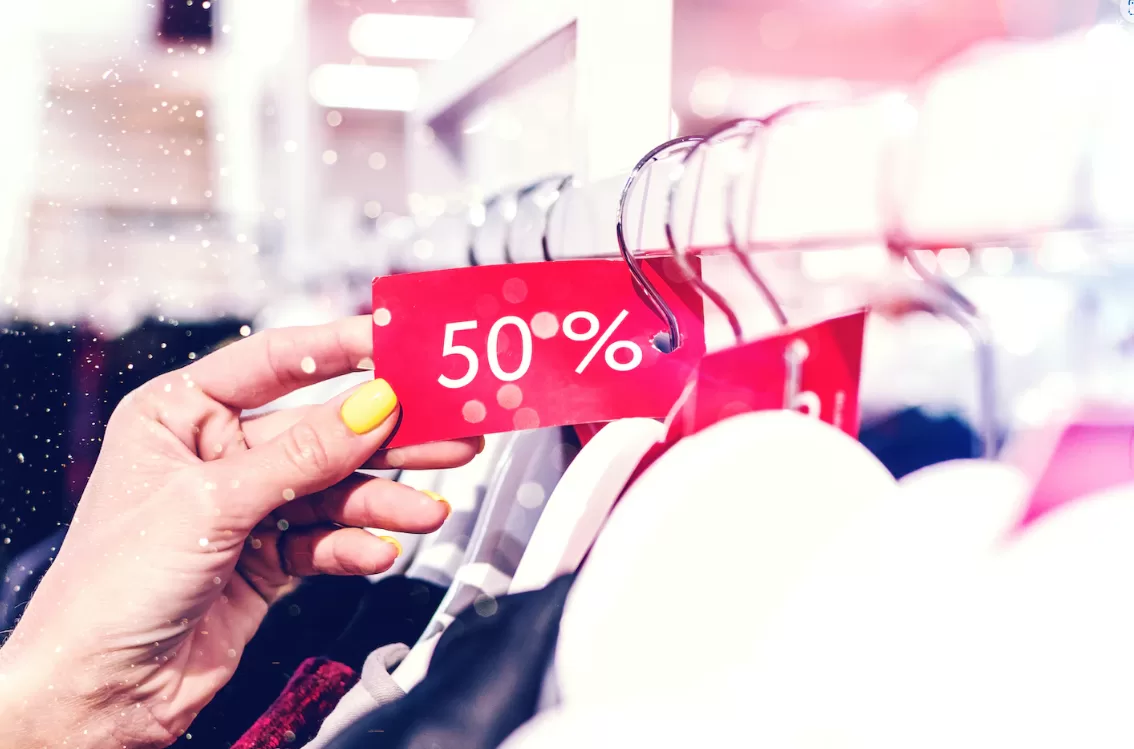You’ve likely turned on Netflix and found a list of curated movie or TV show recommendations suited to your viewing habits. That list isn’t an accident. It’s built upon an extensive algorithm incorporating machine learning. As a business owner, you’ll want to familiarize yourself with a few examples of machine learning in marketing to understand how it can benefit your business.
We’ve prepared a list of use cases for machine learning in marketing to guide you through the process.
What Is Machine Learning?

Tech-oriented concepts like machine learning can be confusing to people who aren’t software developers, computer scientists, or engineers.
Essentially, machine learning relies on prior data and analysis to make predictions. It uses a variety of statistical methods for complex examination, then classifies the results into categories and trends. The insights gleaned from machine learning aid in understanding human behavior.
Using machine learning in marketing can help you better comprehend what your customers want. That information can help you create content that resonates with them, improve your segmentation efforts, and develop advertising strategies that increase conversions.
Examples of Machine Learning in Marketing Strategies
You can incorporate machine learning in your company’s marketing techniques in several ways. Here are a few examples of machine learning marketing.
Customer Segmentation
Customer segmentation is something many organizations struggle with, especially if they have a large base of diverse clients. It involves separating your customers according to four criteria: location, demographics, buying behaviors, and psychological traits.
Some organizations manually handle customer segmentation activities, often leading to inaccurate insights. If you fail to segment your clients properly, you may spend money on marketing activities that don’t deliver the desired results. In the worst-case scenario, you’ll blow your advertising budget on non-productive ads that don’t result in conversions.
Incorporating machine learning into your customer segmentation activities provides you with clear and accurate data. The results are often instantaneous. Additionally, as the machine learning algorithm learns more about your clients, it will update the results to reflect the new information.
Predictive Modeling
Machine learning is an excellent resource base for predictive modeling. Predictive modeling helps forecast a person’s subsequent actions based on their prior interactions with your brand through email, social media, website, or purchases.
Through predictive analytics, you can develop workflows that gently move a potential client through the customer journey process. Machine learning can recommend specific actions that will likely lead to a conversion based on the quantitative and qualitative factors that the algorithm discerns through the segmentation process.
For example, assume you own an Italian restaurant that offers takeaway and delivery services. You incorporate machine learning into your analytics to better understand the traits of people who purchase your food. You learn that most place their orders before they leave work for the day, are within a three-mile radius of your restaurant, and are between the age of 30 and 40.
You could use that information to better target your ads to fit other customers who match that criteria. For instance, if you run delivery ads on Uber Eats, you could include a special discount on orders placed between 4:30 and 5:30 p.m. to people in a three-mile radius of your restaurant.
Without predictive analytics, your ad targeting would be less effective. You might run the same discount on Uber Eats, but you wouldn’t understand the drivers behind the people who order from you. You might advertise to everyone within a 25-mile radius of your restaurant, which would result in higher advertising spend for people who click on the discount only to cancel their order because you’re too far away.
Dynamic Pricing

There’s a lot of competition among most e-commerce stores. Not only do you need to consider major online shopping networks like Amazon and Etsy, but you’re also going up against thousands of small and medium-sized service providers offering similar products.
If your products are overpriced compared to others, you’ll likely see your sales drop. Most people do a little comparison shopping before they make a purchase, and if they find someone who offers a similar product as you at a lower price, they’ll likely buy from them.
Another way that machine learning can help your pricing strategy is through supply and demand analysis. You could use it to examine current market trends and set your prices according to the research you obtain through machine learning data.
For example, assume your small business sells running shoes. You use a machine learning dynamic pricing model to set your prices, and it notifies you that sales are increasing among your nearby competitors because of an upcoming 10K run in your area. You could use the information to undercut other stores’ prices for running shoes while capitalizing on the uptick in local sales in your area.
Content Personalization
Personalizing your content to meet your customers’ needs is crucial to increasing sales. Nowadays, clients expect companies to cater to their interests, and they’ll quickly move on from your organization if they don’t find relevant information.
Machine learning can help you in your content personalization efforts. Through machine learning, companies can pick up on strategic insights that help them better address their customer’s needs.
For instance, you can use machine learning to understand why a customer clicks on a blog and moves on to the next one. Based on their browsing behavior, you could send them retargeted ads related to what they read for your products or services.
Companies that handle content personalization exceptionally well include Netflix and Amazon. Netflix uses “For You” recommendations to identify movies and TV shows you’re likely to be interested in based on your prior viewing habits. Similarly, Amazon cultivates a list of products you will probably like according to your browsing habits and previous purchases.
When customers receive accurate recommendations that reflect their tastes, they’re more likely to click on the ad, blog post, or other content and move further through the buyer’s journey.
You can incorporate machine learning marketing examples across various communication channels, and they often yield highly efficient results. For example, you might include dynamic ads that populate your homepage according to a customer’s previous interactions with your brand through social media or email.
Marketing Automation
Staying on top of every marketing channel is no small feat, especially if you’re the sole proprietor of a small business. If you try, you’ll likely spread yourself way too thin, and you won’t have the energy to devote to your primary purpose: serving your customers.
Machine learning can automate some of your marketing tasks, making it easier to maintain a strong brand presence among your customer base while alleviating some of the time constraints you may face.
Areas in marketing where machine learning is particularly effective include email and social media.
Rather than spending hours drafting the perfect content for your next email message, you could simply rely on a machine learning tool to predict the subject line and content that’s most likely to result in a high open rate. You could also use machine learning to suggest a time to send your message according to when your recipients will most likely check their inboxes.
In social media marketing, machine learning can predict which posts will likely generate the most engagement from your followers. Rather than following a manual A/B testing process that is time-consuming and costly, you’d receive suggestions based on prior customer engagement with your brand’s social media accounts.
Both email and social media are critical to a company’s success and help generate awareness and forge connections with potential customers. However, they’re also substantial time drains and can cost you a lot of your valuable time. You would be better off spending that time developing products, finessing your services, or running the daily affairs of your organization.
Use Our Examples of Machine Learning in Marketing to Improve Your Advertising ROI
When handled improperly, marketing can significantly drain your company’s financial resources. You may spend thousands of dollars trying to get in front of customers, only to see your efforts result in few sales and little traffic into your storefront.
Consider our examples of machine learning in marketing to improve your advertising ROI. With the right strategies in place, you’ll find your budget stretches much further, and you will connect with clients who genuinely need your products.

